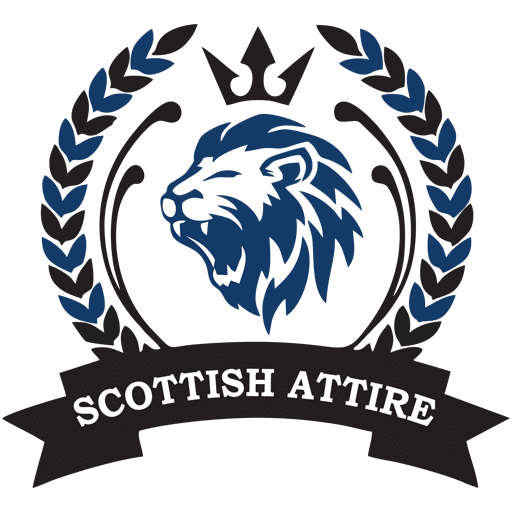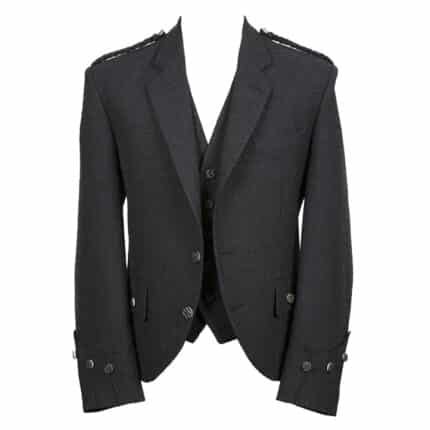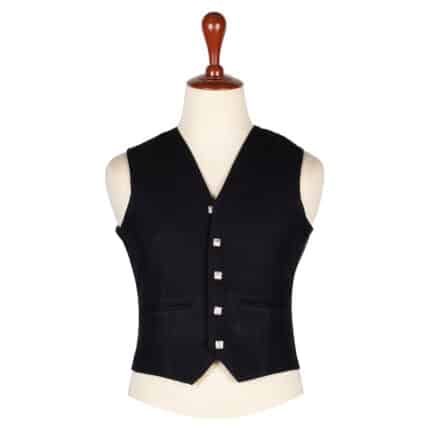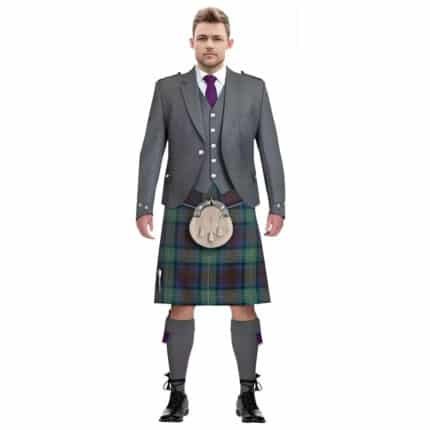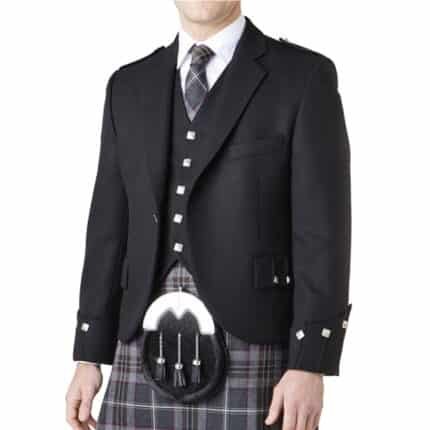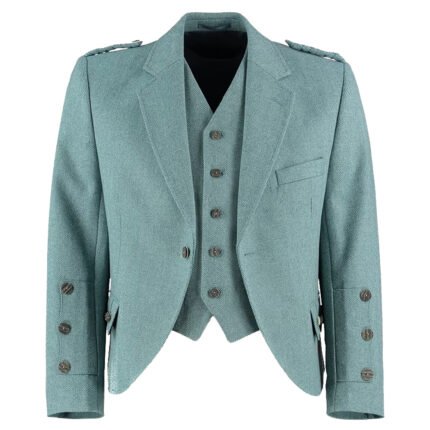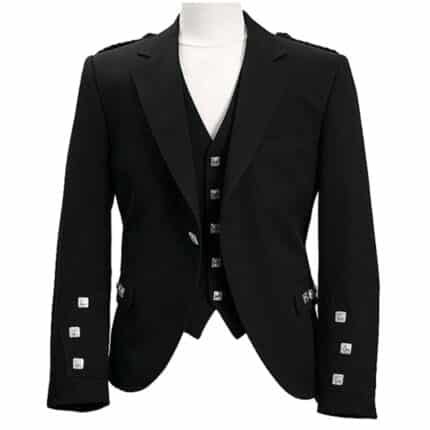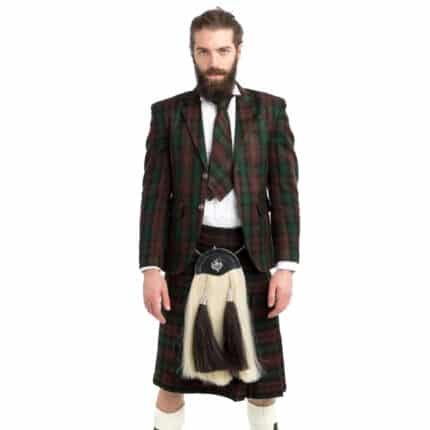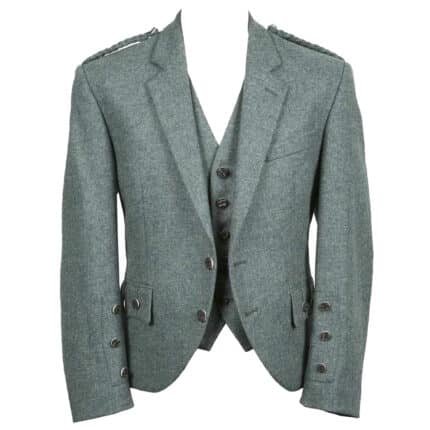How to wear a vest with a kilt

Introduction
Kilts, rooted in rich Scottish tradition, have evolved from their historical origins to become not just a symbol of heritage but a unique fashion statement. These pleated, knee-length garments have transcended their cultural boundaries, finding a place in modern wardrobes. Pairing a kilt with a vest can elevate this timeless attire, blending tradition with contemporary style.
Brief Overview of Kilts and Their Traditional Significance
Kilts have a storied history, originating in the Scottish Highlands as practical, sturdy garments for men navigating challenging terrains. Over time, kilts became emblematic of Scottish identity and culture. Worn with pride during ceremonial events, the kilt embodies a sense of heritage and camaraderie.
Introduction to Vests and Their Role in Enhancing Kilt Outfits
Vests, also known as waistcoats, serve as indispensable elements in formal and semi-formal attire. When combined with kilts, vests add a touch of sophistication and complete the ensemble, transforming a casual look into a polished statement. Understanding the nuances of pairing kilts with vests is an art, requiring an appreciation for color, fabric, and overall aesthetic harmony.
Choosing the Right Vest
When it comes to pairing a vest with a kilt, the selection process plays a pivotal role in achieving a harmonious and stylish ensemble. Careful consideration of fabric and color is paramount to ensure that the vest complements the unique aesthetics of the kilt.
Consideration of Fabric and Color
Begin by assessing the fabric of the kilt itself. Traditional kilts often feature wool or tartan patterns, while contemporary kilts may incorporate a variety of materials. Opt for a vest in a complementary fabric, ensuring a cohesive look. Harmonizing colors is equally crucial. Consider a vest that either matches the dominant color of the kilt or introduces a subtle contrast, creating visual interest without overpowering the overall outfit.
Argyle Blazer Wool Jacket
Original price was: $180.00.$139.00Current price is: $139.00.Argyle Five Buttons Vest
Original price was: $59.00.$49.00Current price is: $49.00.Argyle Jacket And Kilt Outfit
Original price was: $450.00.$419.00Current price is: $419.00.Argyle Jacket Kilt Outfit
Original price was: $450.00.$419.00Current price is: $419.00.Argyle Jacket With Vest for Men
Original price was: $180.00.$139.00Current price is: $139.00.Argyle Kilt Jacket And Waistcoat
Original price was: $180.00.$139.00Current price is: $139.00.Argyle Kilt Jacket With Vest
Original price was: $180.00.$139.00Current price is: $139.00.Argyle Tartan Kilt Outfit
Original price was: $550.00.$509.00Current price is: $509.00.Argyle Tweed Kilt Jacket
Original price was: $180.00.$139.00Current price is: $139.00.
Matching the Vest to the Occasion and Kilt Style
Versatility is key when selecting a vest to pair with a kilt. Different occasions call for distinct styles, so tailor your choice accordingly. For formal events, a classic, tailored vest in a solid color can exude sophistication. On the other hand, casual outings may warrant a more relaxed vest style, perhaps with subtle patterns or textures. Aligning the vest style with the formality of the event and the kilt style is a nuanced yet impactful way to elevate the overall aesthetic.
Exploring Different Vest Styles
Vest styles vary widely, ranging from traditional to contemporary interpretations. Traditionalists may opt for a classic Scottish tweed vest, aligning with the kilt’s heritage. Those inclined towards modern fashion might explore contemporary vests with sleek lines or unique detailing. Experimenting with different vest styles allows for personal expression and can contribute to a more individualized and modern kilt ensemble.
ICoordinating Colors and Patterns
Matching the Vest Color with the Kilt
Choosing the right color for your vest is a crucial step in creating a harmonious kilt ensemble. Ideally, you want the vest to complement the dominant color of the kilt. For instance, if your kilt is a classic tartan with red and green hues, consider a vest in a solid color that corresponds with the kilt pattern. Alternatively, you can opt for a neutral tone that won’t compete with the kilt’s vibrancy.
Exploring Options for Patterns and Textures
When considering patterns and textures for your vest, it’s essential to strike a balance. If your kilt is intricately patterned, a solid-colored vest can provide a sophisticated contrast. On the other hand, if your kilt is a solid color, you have more flexibility to experiment with patterned vests. Tweed or herringbone textures can add depth without overwhelming the overall look.
Avoiding Clashing Colors and Patterns
While a bit of contrast is desirable, it’s crucial to avoid clashing colors and patterns that can disrupt the visual coherence of your outfit. Stick to complementary colors, and if you choose a patterned vest, ensure it doesn’t clash with the kilt pattern. The goal is to create a cohesive and polished appearance that highlights the unique elements of both the kilt and vest.
Layering and Fit
Importance of a Well-fitted Vest
A well-fitted vest is the cornerstone of a stylish kilt ensemble. It should contour to your body without being too tight or too loose. The goal is to achieve a streamlined silhouette that complements the kilt’s tailored look. Pay attention to the length of the vest, ensuring it covers the waistband of the kilt without extending too far. The right fit enhances the overall aesthetic while providing comfort.
Tips for Layering the Vest with a Shirt or Jacket
Layering adds depth and versatility to your kilt and vest combination. When incorporating a shirt or jacket, consider the color palette and textures. A crisp white shirt can elevate a formal ensemble, while a more relaxed look might involve a complementary-colored, well-ironed shirt. If adding a jacket, ensure it complements both the kilt and vest, creating a cohesive three-piece ensemble.
Ensuring Comfort and Ease of Movement
Comfort is non-negotiable when wearing a kilt and vest. Opt for vests with breathable fabrics to prevent overheating. Additionally, consider the kilt’s weight and choose a vest that allows for unrestricted movement. When layering, ensure that each garment sits comfortably on the body, allowing you to move with ease without compromising style.
Accessorizing the Kilt and Vest Combo
Adding a belt or sporran to complete the look:
A crucial element in elevating your kilt and vest ensemble is the addition of a belt or sporran. A tastefully chosen belt can cinch the waist, providing a defined silhouette, while a sporran adds both functionality and traditional charm. Opt for a sporran that complements the vest in terms of color and design, ensuring a harmonious overall appearance. The key is to strike a balance between aesthetics and practicality, enhancing the outfit’s visual appeal while serving its utilitarian purpose.
Consideration of footwear choices:
The right footwear can make or break your kilt and vest combination. For a casual look, leather brogues or simple loafers work seamlessly, offering comfort and style. On more formal occasions, elevate your outfit with polished dress shoes, preferably in neutral tones that align with the overall color palette. It’s essential to pay attention to details like shoe color and style, ensuring they align with the formality of the event and the chosen kilt and vest pairing.
Exploring optional accessories like ties, bowties, and pocket squares:
To inject personality into your ensemble, consider optional accessories like ties, bowties, and pocket squares. The key here is coordination, not overpowering. If your vest is patterned or textured, opt for a solid-colored tie or bowtie to maintain a balanced aesthetic. A pocket square can add a pop of color, and its fold can be a subtle nod to your personal style. Keep in mind the overall color scheme and choose accessories that complement rather than compete with the kilt and vest.
Occasion-Specific Outfit Ideas
Casual outings: Pairing a vest with a more relaxed kilt style:
For casual outings, embrace a laid-back approach by pairing your vest with a more relaxed kilt style. Utilize lighter fabrics and earthy tones to create a comfortable yet stylish look. Consider a tweed vest with a utility kilt or a denim vest with a casual tartan kilt. Opt for minimal accessories and pair the ensemble with comfortable shoes, striking the perfect balance between casual and put-together.
Formal events: Choosing a more sophisticated vest and kilt combination:
Formal events call for a more refined approach. Choose a well-tailored vest in a luxurious fabric, such as silk or velvet, to complement a classic kilt. Stick to a monochromatic or subtly coordinated color scheme for an elegant and sophisticated look. Complete the ensemble with polished dress shoes, a tasteful tie, and perhaps a sporran that adds a touch of tradition without compromising on formality.
Traditional ceremonies: Incorporating cultural elements into the outfit:
When attending traditional ceremonies, embrace the opportunity to infuse cultural elements into your kilt and vest ensemble. Choose a vest that features symbols or motifs relevant to the ceremony’s cultural significance. Pair it with a kilt that pays homage to traditional patterns or colors. Incorporate accessories like clan badges or heritage-inspired brooches to further emphasize the cultural connection. This approach not only showcases respect for tradition but also adds a unique and meaningful dimension to your outfit.

